John Keats’ life in Rome and the places he frequented
There are few expatriates of Rome whose stories match the tragedy and romanticism of John Keats’. Now remembered as one of the great Romantic poets, Keats died in a house beside the Spanish Steps, at age 25, believing he was a failure.
Keats was born in Moorgate, London, in 1795. By the age of 14, both his parents had died—his mother of tuberculosis—and Keats’ grandmother chose two guardians for him, Richard Abbey and John Rowland Sandell. Keats was pulled out of school to apprentice to an apothecary surgeon and eventually became a licensed apothecary in 1816, but he never worked in medicine. Instead, Keats pursued poetry. He met Leigh Hunt, an editor with the Examiner, who published two of Keats’ sonnets and introduced him to other young writers, including Percy Bysshe Shelley. Poems by John Keats, his first published book, was printed in 1817, when Keats was just 22. The next year, Keats released Endymion, which was torn apart by critics in the Quarterly Review and Blackwood’s Edinburgh Magazine. The criticism wore on him.
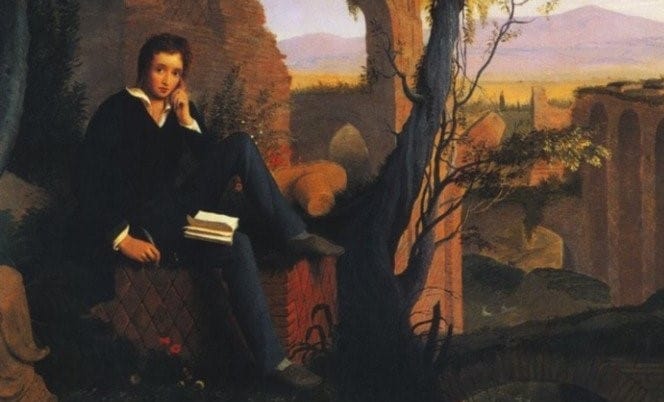
Keats spent the summer of 1818 touring northern England, Scotland and Ireland before returning to London to care for his brother, who had contracted tuberculosis. It was then that he met Fanny Brawne, his great love and muse. In the fall of 1819, Keats himself, fell ill with tuberculosis. The disease was extremely common at the time; it was responsible for one of every four deaths in early nineteenth-century England. A doctor recommended Keats go to a warmer climate to help slow the effects of the disease. In a letter to Bysshe Shelley on August 16, 1820, Keats wrote, “there is no doubt that an English winter would put an end to me, and do so in a lingering hateful manner, therefore I must either voyage or journey to Italy as a soldier marches up to a battery.” He was distraught to be leaving Brawne, to whom he wrote, “they talk of my going to Italy. ‘Tis certain I shall never recover if I am to be so long separate from you.” Still, accompanied by the artist Joseph Severn, Keats boarded a ship to Italy. They docked and spent ten days in quarantine in Naples before arriving in Rome on November 15, 1820.
Italy was a destination for many writers of the era, for purposes other than medicinal. Rome was considered the most important destination on the coveted “Grand Tour,” a years-long trip around Europe taken by young men of means throughout the 18th century, meant to refine their cultural education. The Romantics, in Italy, combined this goal of learning with personal escape. Lord Byron, Bysshe Shelley, Mary Shelley, Charles Dickens, Carlo Goldoni, and Goethe all spent time in Italy.

In Rome, Keats and Severn rented rooms on the second floor of 26 Piazza di Spagna, which is now a museum called the Keats-Shelley House, dedicated to the Romantic writers. Visitors can now reserve individual tickets or group tours, or even have Babington’s tea on the terrace. Piazza di Spagna was then part of the so-called “English ghetto” in Rome—the area was highly populated by British expats and travelers.
James Clark, Keats’ doctor in Rome, believed the poet’s ailments were not caused by tuberculosis, but by digestive issues. Instead of rest, he prescribed regular exercise. This led Keats outdoors, and he was able to see a bit of Rome early in his stay. The young poet rode horses on Via Flaminia, accompanied by Severn, and walked on Il Pincio.
In time, though, Keats’ illness made activities impossible. He spent his last month in his room next to the Spanish Steps, listening to the trickling water of the Fontana della Barcaccia and coughing up blood. On February 23, 1821, Keats drew his last breath in the arms of his friend. Four days later, Severn wrote to Charles Brown, Keats’ close friend in England, “He is gone—he died with the most perfect ease—he seemed to go to sleep.”
INSPIRATION
Rome’s Centro Storico

At the Keats-Shelley House (which you can visit in Piazza di Spagna!) visitors can view a copy of the death mask made of Keats’ face after he passed, as well as a life-mask made in 1816. Also in the collection: locks of hair of John Keats, Bysshe Shelley, Leigh Hunt, John Milton and Elizabeth Barrett Browning; Mary Shelley’s travel writing desk; and Edward Trelawny’s dagger.
INSPIRATION
Best Museums in Rome
Later in 1821, Bysshe Shelley published Adonais; An Elegy On The Death Of John Keats, Author of Endymion, Hyperion, etc., in which he praised Keats’ genius and rebuked Keats’ critics. In its preface, Bysshe Shelley writes of Keats’ final resting place, Il Cimitero Acattolico di Roma:
“The cemetery is an open space among the ruins covered in winter with violets and daisies. It might make one in love with death, to think that one should be buried in so sweet a place.”
Many visitors to the Non-Catholic Cemetery for Foreigners in Testaccio agree with Bysshe Shelley’s assessment. The place is more like a garden than a graveyard, and cats walk freely among cross-shaped stones and weeping angels, licking morning dew from the tombstones.
Keats would never know his literary fame and worldwide respect. At his request, his gravestone was inscribed with, “Here lies One Whose Name was writ in Water,” illustrating his belief that his existence would be forgotten.

Also at Keats’ request, Severn slipped several unopened letters from Brawne into his coffin, never to be read. Keats could not bear to open them before his death, knowing the pain they would cause. “To see her handwriting would break my heart,” Keats wrote to Brown in November, 1820.
One of Keats’ last works—and most famous—was the poem “Bright Star,” an ode to Brawne. Its last lines represent the poet’s romantic suffering, momentarily removing his disease from the equation:
Still, still to hear her tender-taken breath.
And so live ever—or else swoon to death.


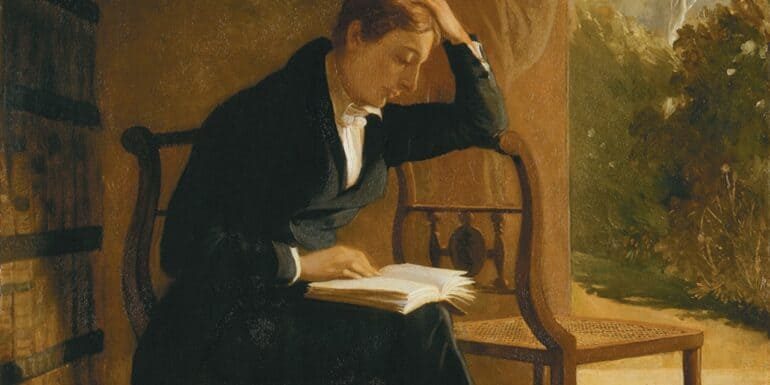
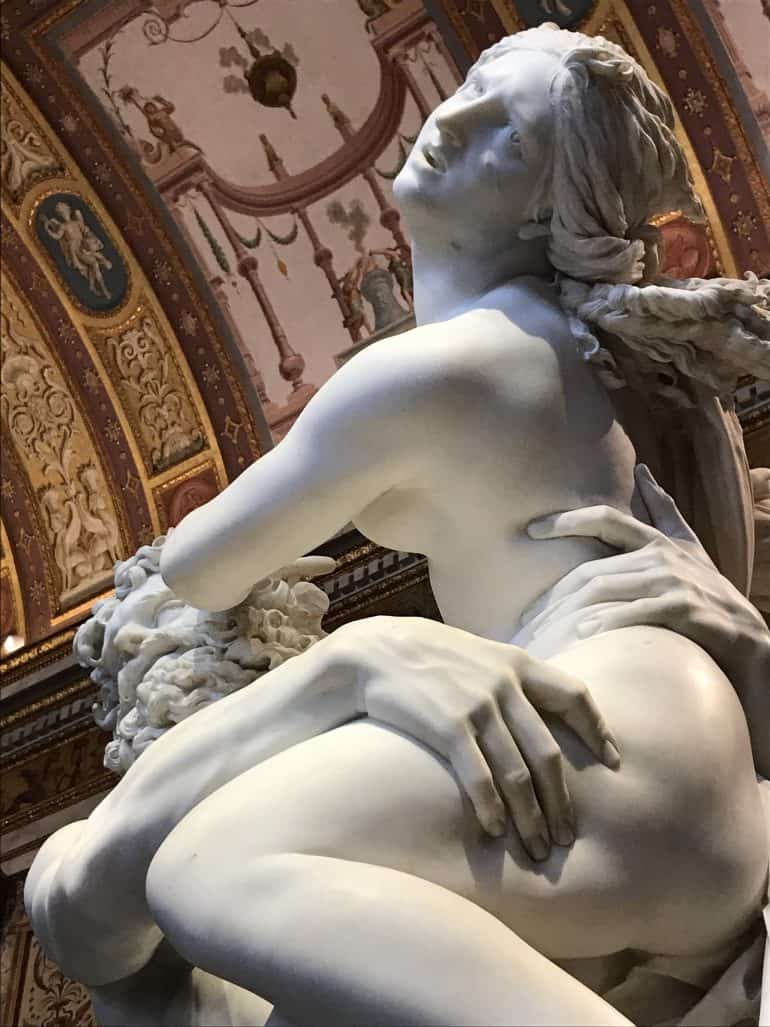
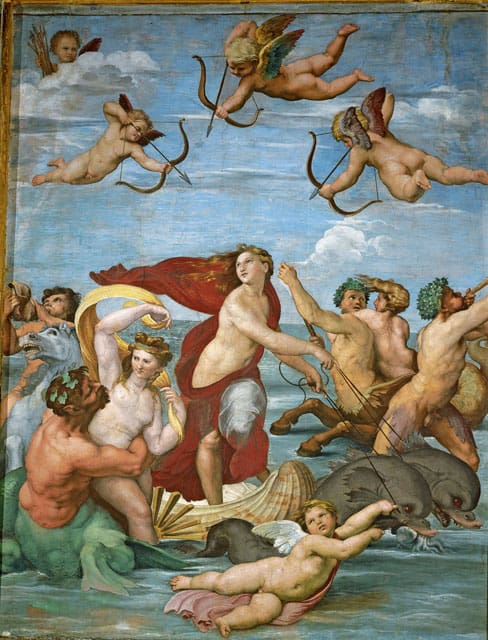

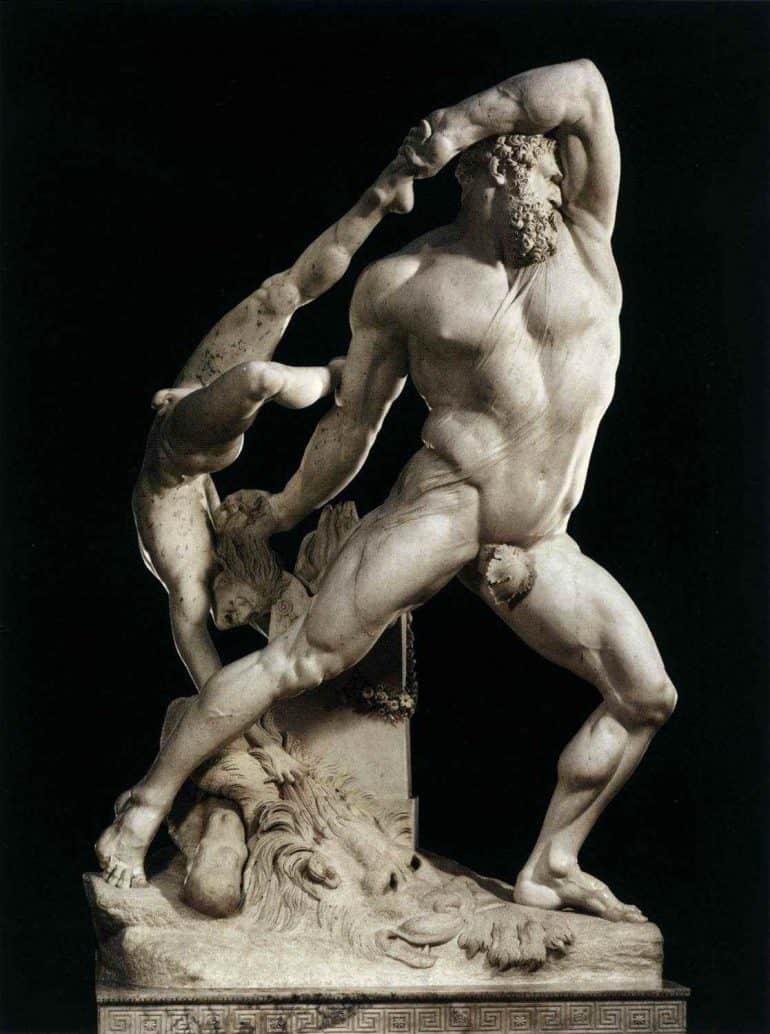
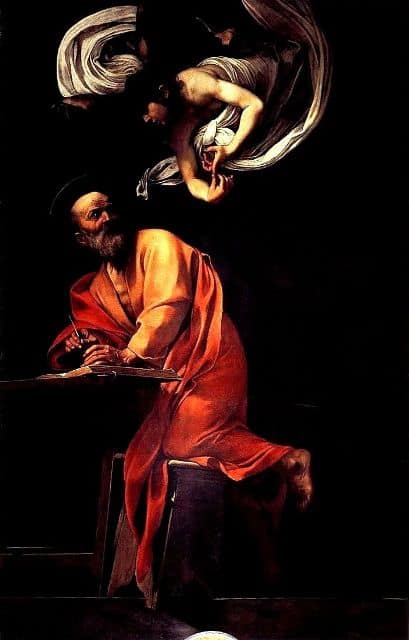
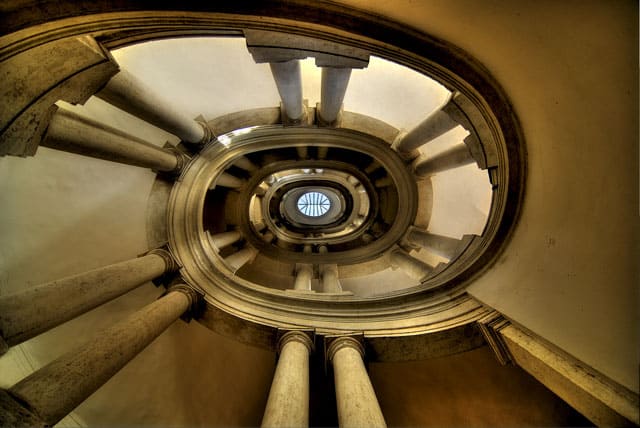
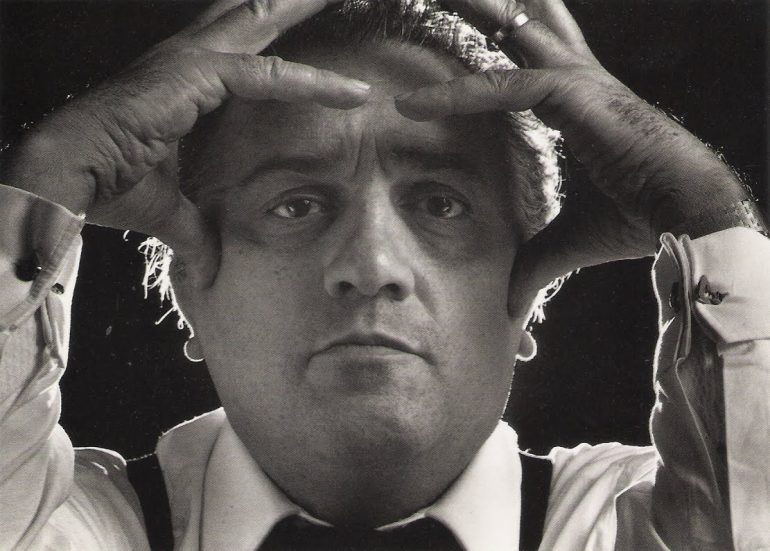
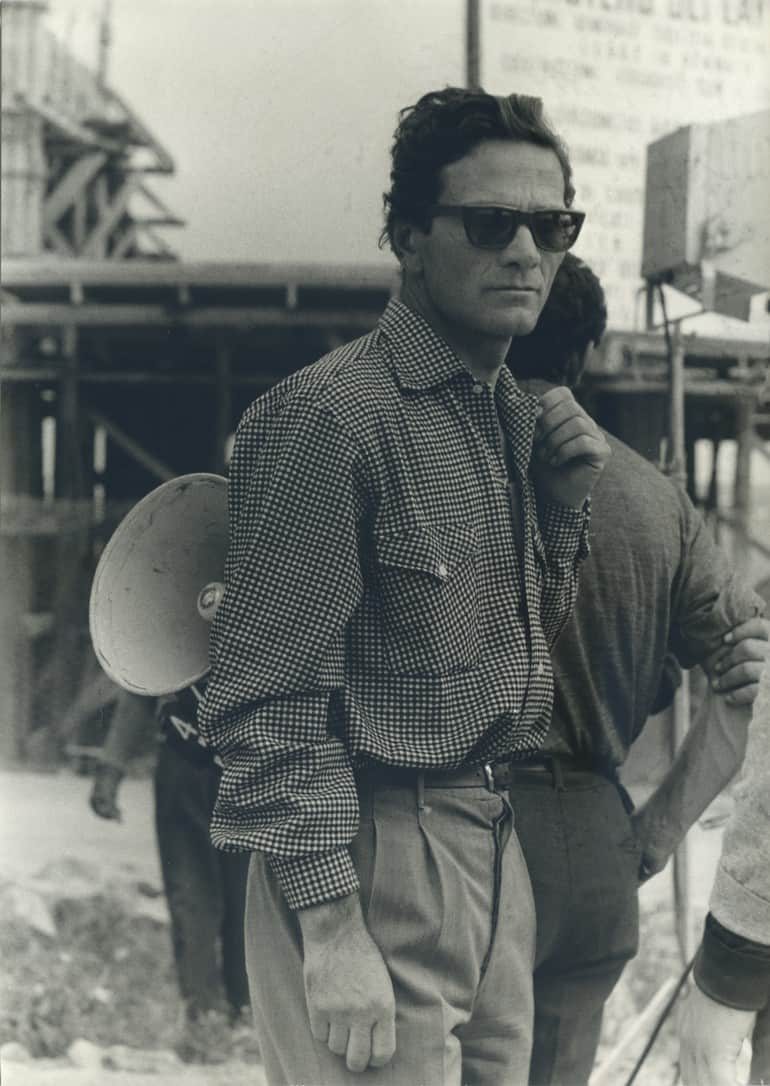
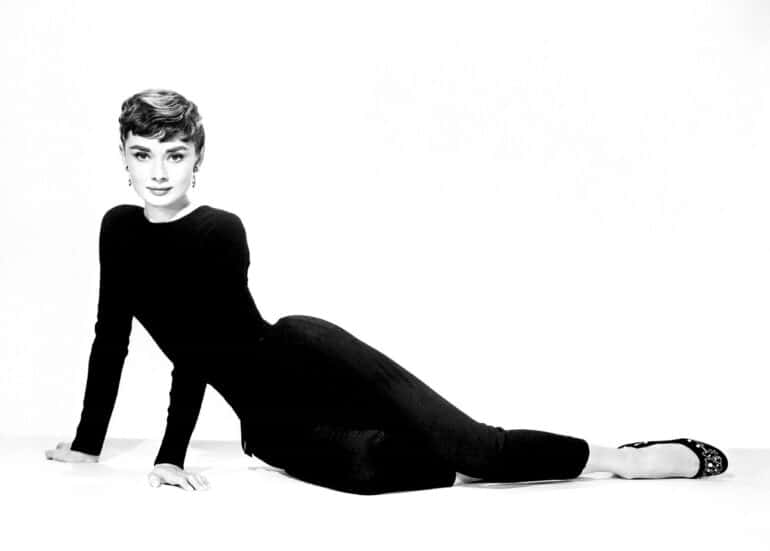


When old age shall this generation waste,
Thou shalt remain, in midst of other woe
Than ours, a friend to man, to whom thou say’st,
“Beauty is truth, truth beauty,—that is all
Ye know on earth, and all ye need to know.” (Keats)
“O you who seek the highest and the best, be it in the depths of
knowledge, in the turmoil of action, in the darkness of the past, in the
labyrinth of the future, in the graves or above the stars! do you know its
name? the name of what is one and all?
Its name is beauty.
Did you know what you were seeking? I don’t yet know it, but I can
sense it, the new kingdom of the new godhead, and rushing towards it
lay hold of the others and carry them with me, like the river the rivers
into the ocean.
And it was you, my love, who showed me the way! With you I began.
They’re not worthy of words, the days when I didn’t yet know you…” (Hölderlin)